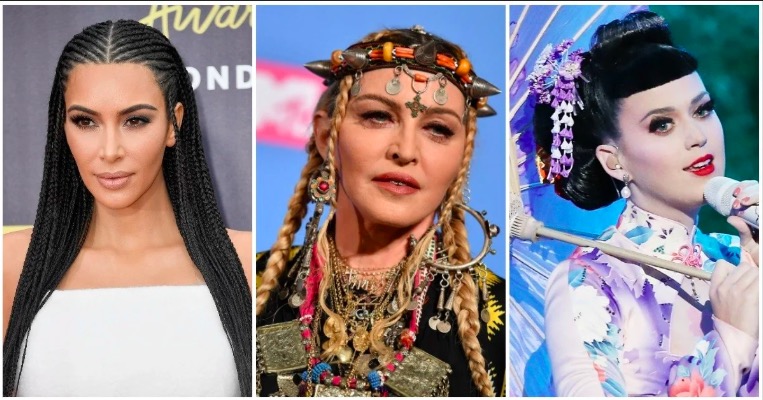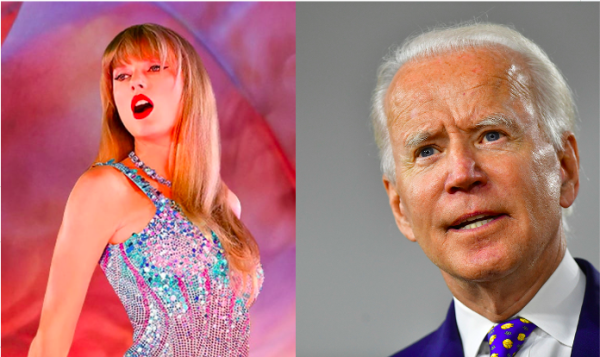How Do We Draw the Line Between Cultural Appropriation and Cultural Appreciation?
The terms “cultural appropriation” and “cultural appreciation” sound similar, and people often get confused about the meaning of these two terms. However, they express essential differences in their core value. According to the Cambridge Dictionary, the word “appreciation” means “the act of recognizing someone’s worth as a person or showing that you are grateful for something that person has done.” Respectively, “cultural appreciation” means the act of recognizing the culture or showing that you are grateful for something that culture has done. On the other hand, according to the Cambridge Dictionary “cultural appropriation” means “the act of taking or using things from a culture that is not your own, especially without showing that you understand or respect this culture.” For instance, listening to jazz music or learning how to do a cultural dance with a trained professional teacher is cultural appreciation; altering or wearing another culture’s traditional clothing in a “fashionable” way is cultural appropriation. As an international student myself, I try my best to respect and learn about other cultures at the school, however I also hope to explore questions that have arisen around cultural appropriation in our community.
Nowadays, the boundary between appreciation and appropriation is often blurred in pop culture and social media, especially common among celebrities. Many celebrities have worn debatable hairstyles, costumes, cosmetic products, or expressed language that has been viewed as cultural appropriation. Seventeen, an American teen magazine, has recently discussed some examples, including box braids and the bindi.
According to Princess Gabbara in her article “The History of Box Braids” for Ebony Magazine, a monthly publication that focuses on news, culture, and entertainment in the African-American community, box braids originated in 3500 B.C in South Africa. The Eembuvi braids of Namibia and the chin-length bob braids of the women of the Nile Valley were the earliest documentation of box braids. In her article for Seventeen, “11 Celebrities Who Have Been Accused of Cultural Appropriation,” Carolyn Twersky asserts that, nowadays, Kim Kardashian, Katy Perry, Kylie Jenner, Vanessa Hudgens, and many others who do not have African heritage are wearing box braids without honoring the culture, and have been criticized for cultural appropriation. In response to the criticism, some celebrities apologized and some continued the behavior. For example, Kim Kardashian not only called the hairstyle “Bo Derek Braids” and continued wearing the hairstyle, but also claims that she had her “fair share of backlash”. She explicitly stated, “Sometimes I think maybe if you don’t communicate where you got the inspiration from — and I’ve done that in the past — then people might not understand it. But yeah, I think as long as it comes from a place of love and you’re getting inspired, then it is okay.” After her response to the criticism, I interviewed some students at our school of African heritage to understand their opinion. After the interviews, all of them consider this action as cultural appropriation and feel the apology doesn’t have much effect. One student commented, “With her response, I feel like she tried to justify the reason why she thinks it’s okay to wear them but there is no justification for her.” Similarly, another student responded, “Though I somewhat agree with Kim’s response, she is giving herself permission to do something she shouldn’t have a say in.” There is also the factor of fame. The fact that Kardashian is a celebrity makes the whole situation worse, students said, “I think her platform as a major celebrity makes this worse, because she influences so many people.” Another student added, “With her being such a large public figure I feel like she knew better and her response is a cover-up. Just because she likes the hairstyle does not mean she can wear it as well.” At the end of the interview, one student brought up an alternative: “She can feel inspired by it without doing it as well.”
The bindi is a decorative mark worn in the middle of the forehead by Indian women that originated with Hindus and Jains from the Indian subcontinent, according to Oxford English Dictionary. Twersky, from Seventeen, also references Selena Gomez, who wore a bindi and an Indian culture-inspired costume for her performance twice in three days back in 2013. She first wore the bindi at the MTV Movie Awards when performing “Come and Get It”. After the performance, there was a lot of backlash, but it didn’t stop Selena Gomez from wearing a similar outfit, using Bollywood-inspired dance moves, and having the bindi on her forehead two days later when she performed the song on Dancing with the Stars. I talked with a student who is of Indian descent to hear her opinion. She definitely considers this as cultural appropriation, so I followed with my questions, “How do you think we should draw the line between cultural appropriation and cultural appreciation? With her dressing up like that, what do you think people can do to improve the situation?” Her response reflected upon many different aspects of cultural appropriation. The aspect of the Indian-inspired dance is appreciation, she said, “I believe if someone who is fully involved in Indian culture is helping you learn and teaching you the importance of the culture and you make that known, especially if you are a big celebrity like Selena Gomez, that’s more appreciation. You understand that there’s a culture behind what you’re doing and you want to learn about it.” However, this student emphasized that using the bindi is not ok: “With bindis, it’s strictly religious and I think that people who aren’t South Asian, visiting a house of worship/south Asian monument where a specific type of clothing is required, or tied to the Hindu religion in some way should absolutely not wear a bindi. In Selena Gomez’s case, she wore the bindi as a stylistic choice. That is wrong. Wearing religious clothing and items as a stylistic choice is appropriation.” At the end of the interview, she offered what we can do to improve the current situation, stating, “I think people need to do more research when it comes to wanting to be involved in other people’s cultures and talk to people who are in that culture to have a broader understanding. That is when appreciation comes in. They want to know more about the culture because fascination is when appreciation starts and appropriation diminishes.”
After many examples and interviews, it is hard to recognize cultural appropriation due to the component of media and pop culture. However, if the person is using a culture for fashion or stylistic choice, that action is absolutely cultural appropriation. Cultural appreciation is after finishing a meal and asking the chef for the recipe. Cultural appreciation is taking the chef’s recipe as their own.
Image: https://www.teenvogue.com/story/cultural-appropriation-appreciation-kim-kardashian

Hi, everyone! I am Shirley Shuzhou Li! I use she/her pronouns. I am a senior this year, and this is my third year on Wildezine. I love writing opinions...






